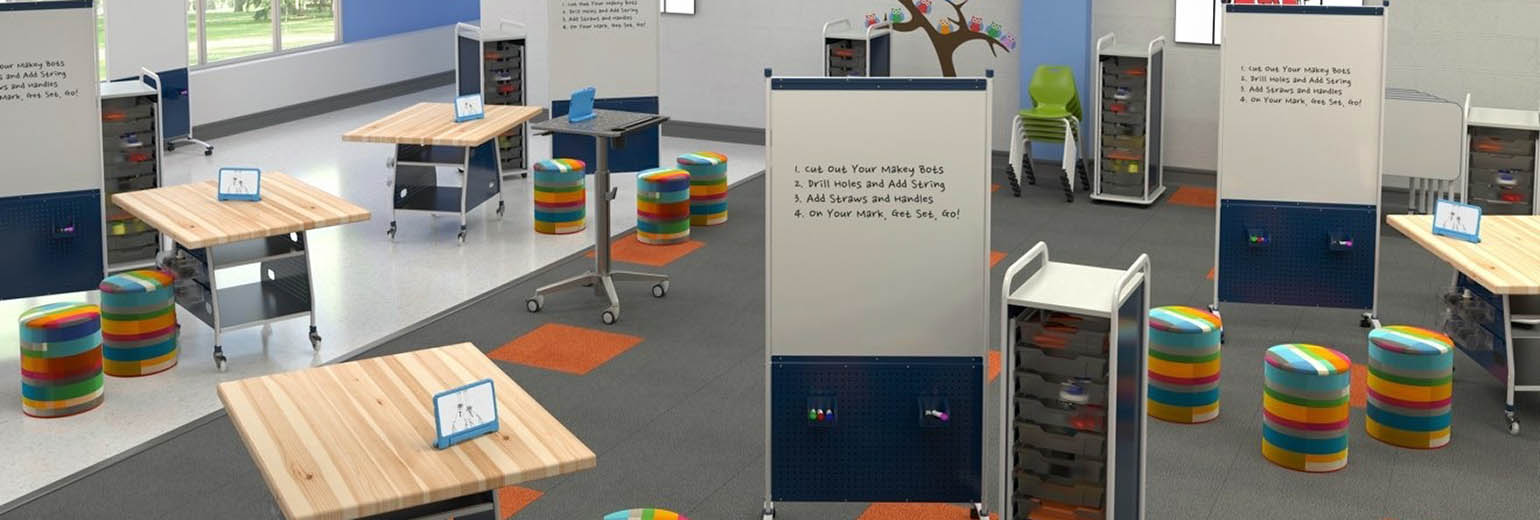Launching a successful maker space program requires training teachers to use the space effectively with their students. Teachers must learn not only how to design high-quality projects, but also how to transition into a new role they might not feel comfortable with.
Instead of passing along knowledge to students as the “sage on the stage,” teachers must step aside and let students work through challenges and make discoveries for themselves.
Teachers need to shift their role away from being providers of content and toward becoming “designers of learning experiences,” says Mindy Faber, co-director of the Convergence Academies project in Chicago. “Learning how to set up structures, design environments, use space effectively, and curate technologies and resources strategically—that is the future role of the teacher.”
This shift in mindset from leading a teacher-centric to a student-centric learning environment can be difficult. It’s a fundamentally different way of approaching instruction, Faber says—and many teachers don’t know how to teach this way. “It’s not part of their pre-service education,” she notes.
Here’s some advice for helping teachers make this shift.
- Lead with the “why.” School leaders should explain not just how teaching should be different in a maker space, but why. When students take ownership of the creative process, learning becomes much more rich and meaningful to them—and when teachers understand these benefits, they are more likely to embrace this change.
- Create a culture of innovation. School leaders must create a culture that encourages risk-taking among staff. This involves making sure that teachers know it’s OK to make mistakes, and rewarding teachers for trying something new or different.
- Observe other maker spaces in action. Have teachers visit other schools, watch exemplary maker space teaching, ask questions, and learn from others’ successes.
- Pair teachers with maker space mentors. Have teachers co-teach in the maker space with other teachers who have more experience in this kind of environment, so they can learn from a mentor until they are ready to try it for themselves.
- Let teachers become the students. Hold training workshops in which teachers have an opportunity to explore and create in the maker space for themselves. As teachers discover the possibilities that exist in the space, they can begin to think about how to apply these possibilities to student projects.
For more advice about Transforming the Teacher’s role contact Arizona Furnishings today at 800.872.2287.
– Cindy Eggebrecht


